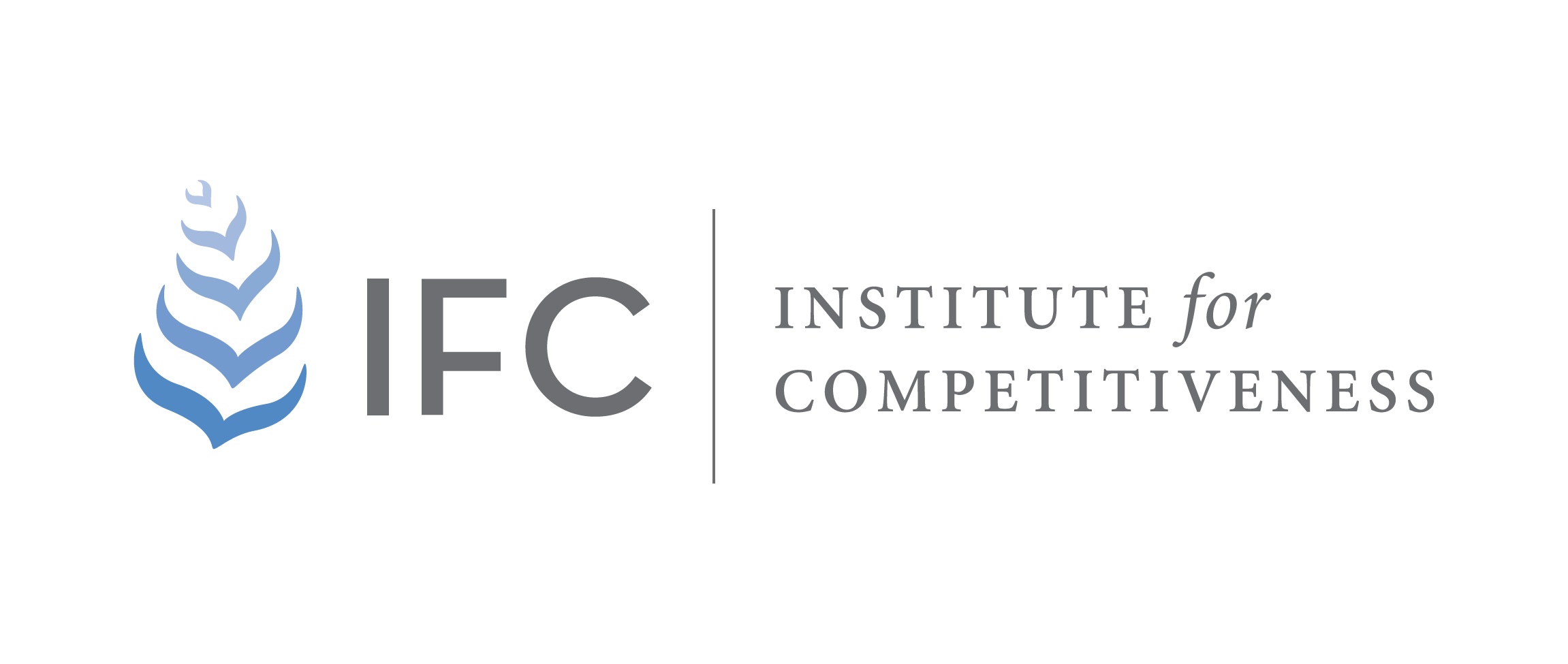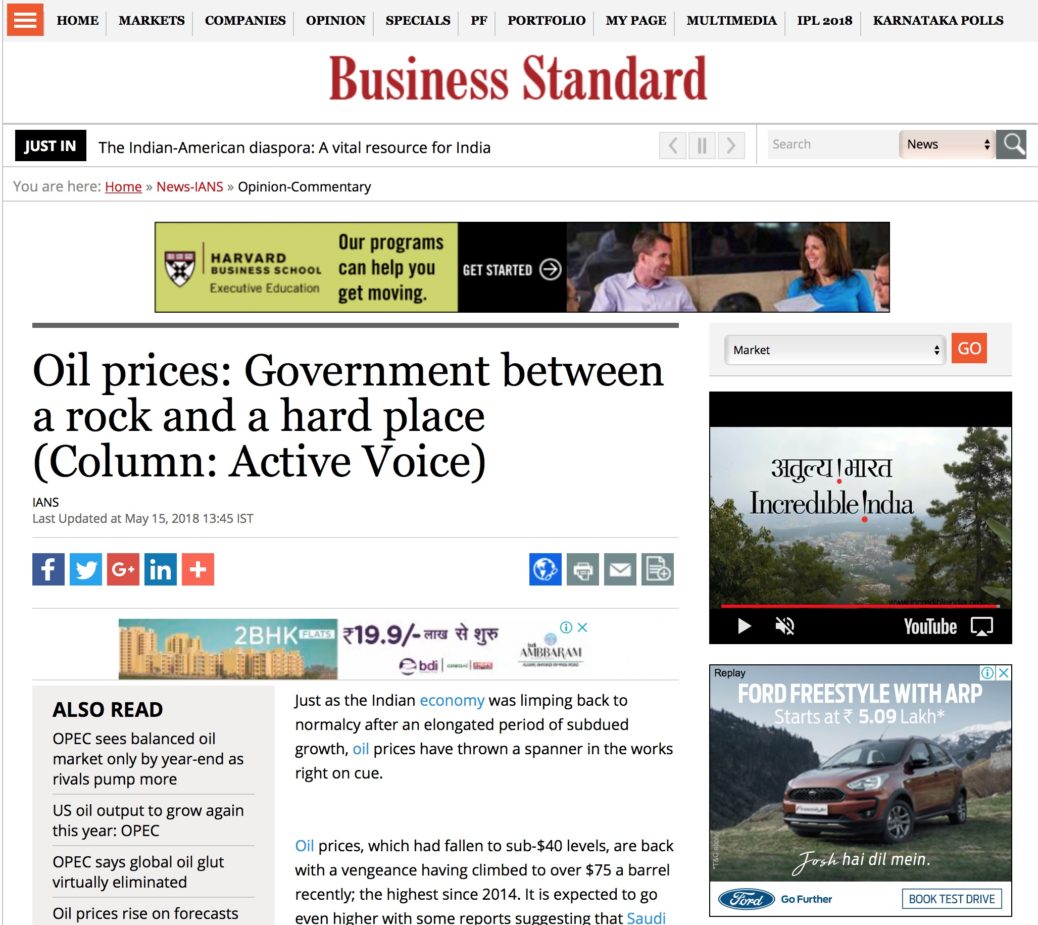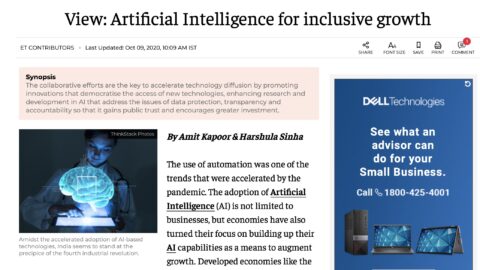Oil prices: Government between a rock and a hard place
Just as the Indian economy was limping back to normalcy after an elongated period of subdued growth, oil prices have thrown a spanner in the works right on cue.
Oil prices, which had fallen to sub-$40 levels, are back with a vengeance having climbed to over $75 a barrel recently; the highest since 2014. It is expected to go even higher with some reports suggesting that Saudi Arabia is trying to target a price of $80 per barrel. The economic crisis in Venezuela and the inevitable sanctions on Iran by the United States will only take more oil off the world markets and worsen the situation.
As usual, India faces worries of rising inflation, government spending and current account deficit. The last time oil prices were at their peak, India was being pegged as one of the “fragile five” economies that were most at risk from the infamous “taper tantrum” of the US Federal Reserve. At the time, the current account levels of the economy were expectedly high at 4.8 percent due to the massive import bill. Then, some responsible policy activism by the Reserve Bank of India and a crash in the world oil markets brought India back from the brink to a point where the current account deficit had narrowed down to 0.7 percent in 2016-17.
Now that oil prices are back up again, the current account deficit has begun to widen to levels as high as 2 percent. This is not a problem in itself as India has accumulated a healthy amount of dollar reserves over time. But, with the rupee consistently falling since the start of the year to become the worst performing currency in Asia, the import bill might soon spiral out of control. Even exports are not rising at a commensurate level to compensate for it. In fact, export growth had turned negative in March.
The timing of the oil price rise could not have been worse for the government. Several state elections are lined up and the general elections are barely a year away. Any additional burden on the consumer will have political backlash. But bringing back controls on petroleum products that have been gradually eliminated since 2014, will have far-reaching economic ramifications.
Before deregulation took place, the petroleum companies were asked to sell below cost if world oil prices rose and their books were balanced through government-issued IOUs. This ended up wiping out any additional cash reserves of the companies leaving them to borrow to sustain operations. As a result, these oil companies are barely left with any capital to undertake infrastructure investment and R&D expenditure. If this had not been the case, India could have made massive long-term gains with higher oil exploration to meet domestic demand and refinery upgradation to meet global emission standards. So, reverting back to the old system of controls should be out of the question.
The government is, therefore, left with two clear options. The first is to let the market forces take over and allow the companies to raise prices gradually. However, inflation would become a serious irritant within the economy in that case. It would eventually provoke a rate hike from the Reserve Bank of India (RBI) and dampen investment sentiments across the economy that have only recently shown signs of revival.
Second, the government could reduce the indirect taxes on petroleum products and balance out the price rise. After all, the Centre and State taxes combine to make for an effective rate of about 100 percent for petrol and 65 percent for diesel. So, there remains immense scope for tax reduction. However, such a move would reduce the revenue collection of the government and take the country further away from the fiscal commitments it had made. Since the Centre and the State derive almost 40 percent of their revenue from petroleum products, it is not an easy loss to bear.
The situation boils down to this. Given rising oil prices, either the government lets free market reign and allow for inflation or reduce taxes to maintain prices at same level and possibly give up on fiscal consolidation, which would also eventually be inflationary. The government is truly between a rock and a hard place.
But when oil prices had crashed after 2014, the government had not passed off the full benefits to the consumers by levying higher taxes with the understanding that the taxes would be reduced when world prices flare up. This was the perfect mechanism to ensure consumption smoothening and maintain adequate revenue levels of the government. Therefore, a downward adjustment of petroleum taxes is overdue. The best way out would be to do so and pursue other measures to maintain fiscal commitments.
The article was published with Business Standard, Millennium Post, Economic Times and News Port on May 15, 2018.
























